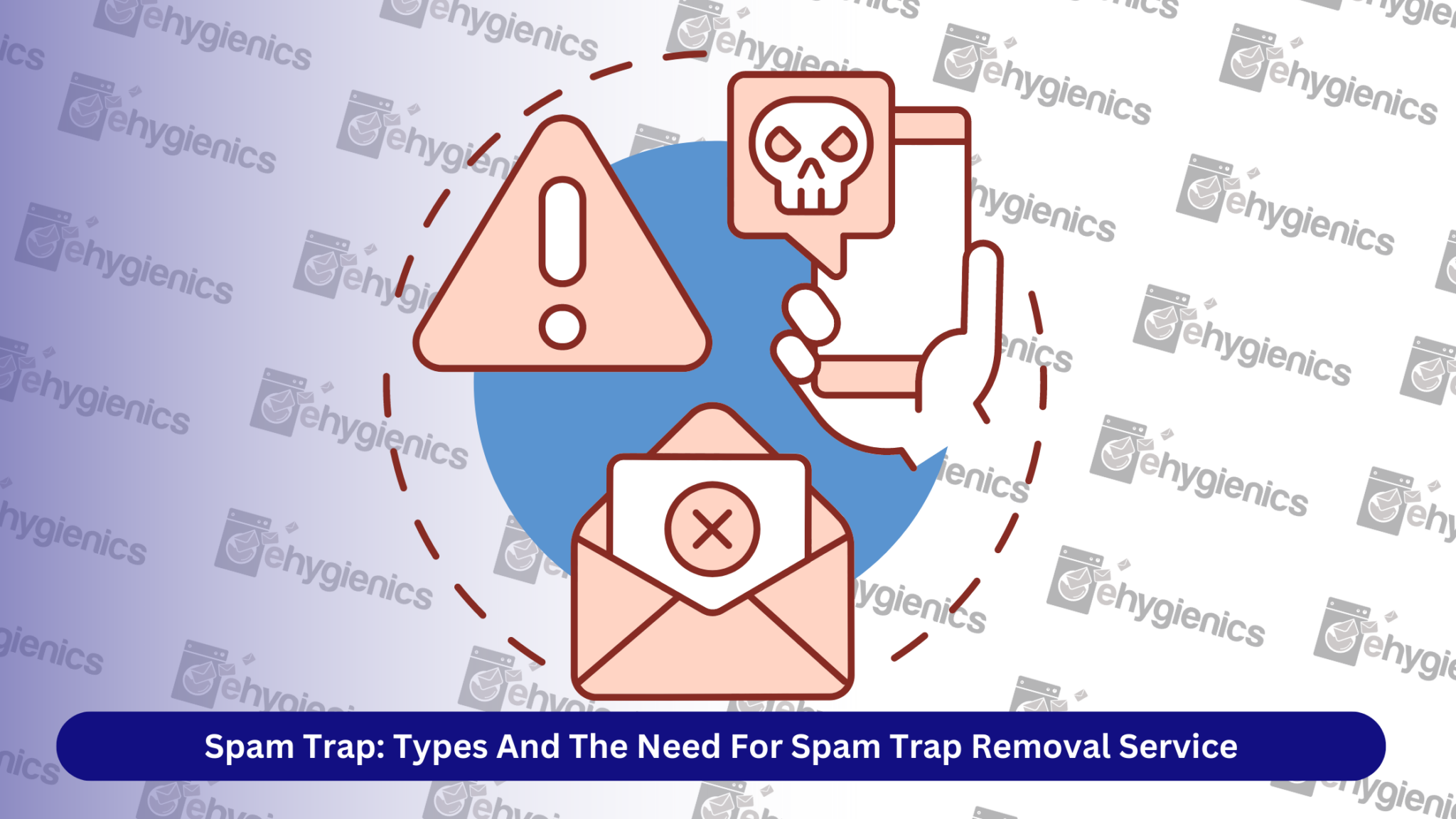
Spam Trap: Types And The Need For Spam Trap Removal Service
Spam Trap: Types And The Need For Spam Trap Removal Service
The spam trap removal service is for those who have been receiving unwanted emails from a certain address. It’s a way of getting rid of spam emails by blocking them from your inbox. This is usually done by using anti-spam software that will help you identify if an email is spam or not.
If you have been receiving unwanted emails from someone, then you should be able to block these emails so that they don’t go into your inbox anymore. If you are getting too many unwanted emails, then it can be very frustrating and annoying as well, since you will always get interrupted while doing something else on your computer or phone.
What are spam traps?
Email providers often employ a spam trap, which is a form of honeypot designed to catch spammers. Unscrupulous email marketers who send spam to stolen or bought lists of email addresses are their target, since they don’t have permission from the recipients to send them emails.
Regrettably, you can fall prey to these snares even if you aren’t engaging in questionable behavior. This is because most new list owners don’t know enough about email lists to understand why they should take these precautions, and because bad email list practices are one of the main reasons why spam traps happen.
Spam traps are designed to look like legitimate email addresses but are actually used to send and receive spam. Their one and only goal is to catch the scammers who fill people’s inboxes with spam and scams they didn’t ask for.
What is the point of spam traps?
Statistics show that approximately 20% of all emails sent to subscribers never make it to their inboxes. When done right, email marketing is a numbers game that depends on a lot of different factors and variables that can lead to good results.
If you’re not careful, falling into a spam trap will not only disrupt your well-oiled marketing machine but will kill it whole. If your email address falls into a spam trap, your service provider is likely to permanently ban it. This means that any messages you send to addresses they host will be marked as spam automatically.
There is no simple way to reverse a blacklisting from a major email provider like Gmail, which could have devastating effects on your organization. There is a zero-tolerance approach among email service providers and spam regulation organizations; therefore, your case is unlikely to be looked at. Even worse, your marketing services supplier may restrict you if they feel obligated to deal with the same challenges you are.
How can you spot spam traps?
Let’s talk about the many spam traps that exist.
Clean or authentic spam catchers
In all likelihood, this trap will not have any effect on you unless you are engaging in some kind of illegal activity, yet it is still vital to mention it. In this type of spam trap, the email addresses are cloaked within the text of the page. The address is never made public, so the only way to get it is to use scraping tools to illegally get a lot of email addresses from places like discussion boards.
Scammers may use this data to send offers directly to the victims, but more often they try to resell it to those who aren’t as savvy. You should never buy an email list since doing so can get you into serious danger. Using an existing list to “jump start” your business may seem like a good idea, but it will just cause you headaches in the long run.
Recycled phishing emails
The majority of service providers only allow email accounts to be active for a set period of time. If you don’t send any mail to that address within a certain amount of time, they’ll give it away to someone else who will. However, occasionally, they will use these emails again for spamming purposes.
They appear to be valid postal codes because they formerly were, but they are now silent. A hard bounce will occur if you try to send an email to this address. Providers will evaluate your sender credibility based on the number of hard bounces on your list, so it’s important to get rid of them as soon as possible.
Typo, fake, or wrong domain traps
Many of these instances are not fraud due to a trap but rather honest mistakes by users who typed in the wrong email address. However, even seemingly harmless email addresses like this one can be spam traps. If you find any of them, you should remove them immediately.
—–
If you’re looking for a reliable mailing list hygiene, then visit Ehygienics.com. We are the best in the industry and we have been doing this for 15 years now. We help our clients to get rid of all their mailing list hygiene problems. We also provide them with great customer service that is available 24/7.







